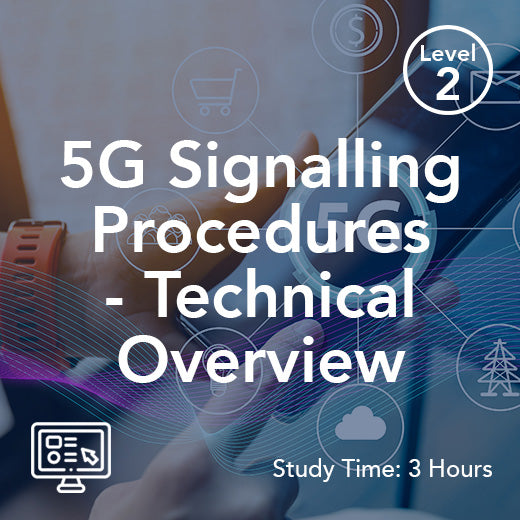THz Terahertz
- , di Paul Waite
- 3 tempo di lettura minimo
La tecnologia terahertz, nota anche come tecnologia THz, è un campo che sta riscuotendo notevole interesse nel mondo delle telecomunicazioni. La banda terahertz, che si colloca tra le frequenze delle microonde e dell'infrarosso, offre un immenso potenziale per un'ampia gamma di applicazioni, dal trasferimento dati ad alta velocità all'imaging medico e ai controlli di sicurezza. Nel Regno Unito, dove l'innovazione nelle telecomunicazioni è un motore chiave della crescita economica e del progresso tecnologico, lo sviluppo della tecnologia terahertz è particolarmente rilevante.
Uno degli aspetti più promettenti della tecnologia terahertz è il suo potenziale di rivoluzionare la velocità di trasferimento dati. Con la crescente domanda di Internet ad alta velocità e la proliferazione di applicazioni ad alta intensità di dati, come i servizi di streaming e la realtà virtuale, i sistemi di comunicazione tradizionali faticano a tenere il passo. Le onde terahertz, con le loro alte frequenze e le loro lunghezze d'onda corte, hanno la capacità di trasmettere dati a velocità di gran lunga superiori a quelle delle tecnologie esistenti. Ciò potrebbe portare a download più rapidi, latenza ridotta e infrastrutture di rete più efficienti, migliorando in definitiva l'esperienza utente per i consumatori in tutto il Regno Unito.
Inoltre, la tecnologia terahertz ha il potenziale per trasformare il campo dell'imaging medico. Le onde terahertz sono non ionizzanti, il che significa che sono sicure per l'uso in applicazioni mediche, a differenza dei raggi X e di altre forme di radiazioni ionizzanti. Questo rende l'imaging terahertz un'opzione interessante per la rilevazione e la diagnosi di un'ampia gamma di condizioni mediche, dal cancro della pelle alle carie dentali. Nel Regno Unito, dove il Servizio Sanitario Nazionale (NHS) è sottoposto a crescenti pressioni per fornire cure di alta qualità a una popolazione in crescita, la tecnologia terahertz potrebbe svolgere un ruolo cruciale nel migliorare l'accuratezza diagnostica e i risultati per i pazienti.
Oltre alle sue applicazioni nelle telecomunicazioni e nell'assistenza sanitaria, la tecnologia terahertz ha il potenziale per migliorare le procedure di controllo di sicurezza. Le onde terahertz possono penetrare molti materiali comuni, come indumenti, plastica e ceramica, consentendo il rilevamento di oggetti nascosti che potrebbero essere ignorati dai metodi di controllo tradizionali. Ciò potrebbe avere implicazioni significative per i controlli di sicurezza negli aeroporti, nelle stazioni ferroviarie e in altre aree ad alto traffico del Regno Unito, contribuendo a migliorare la sicurezza pubblica e a ridurre il rischio di attacchi terroristici e altre minacce alla sicurezza.
Nonostante il suo immenso potenziale, lo sviluppo della tecnologia terahertz non è privo di sfide. Uno dei principali ostacoli che ricercatori e ingegneri devono affrontare nel Regno Unito è la limitata disponibilità di sorgenti e rivelatori terahertz. La tecnologia attuale è spesso ingombrante, costosa e difficile da integrare nei sistemi esistenti, ostacolando l'adozione diffusa della tecnologia terahertz nelle applicazioni commerciali. Superare queste barriere tecniche richiederà la collaborazione tra mondo accademico, industria ed enti governativi per sviluppare dispositivi terahertz più compatti ed economici, adatti alla produzione e all'implementazione di massa.
In conclusione, la tecnologia terahertz è molto promettente per il futuro delle telecomunicazioni nel Regno Unito. Dal trasferimento dati ad alta velocità all'imaging medico e agli screening di sicurezza, le applicazioni delle onde terahertz sono vaste e varie. Superando le sfide tecniche e investendo in ricerca e sviluppo, il Regno Unito ha l'opportunità di guidare l'innovazione tecnologica terahertz, stimolando la crescita economica, migliorando i risultati sanitari e rafforzando la sicurezza nazionale. Il futuro delle telecomunicazioni nel Regno Unito è luminoso e la tecnologia terahertz è destinata a svolgere un ruolo chiave nel plasmarlo negli anni a venire.

































